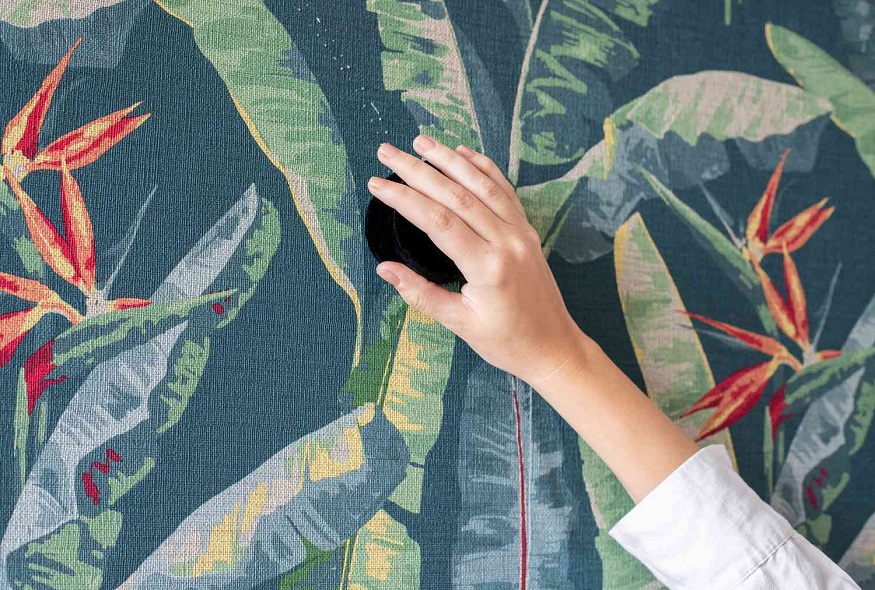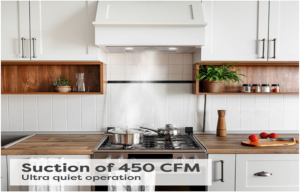Removing the floral wallpaper that decorated the plaster walls for decades was a perplexing task requiring diligence. The intricate paper had become severely damaged over time, but stripping it without harming the crumbling plaster proved challenging.
A misstep threatened to ruin the antique surface below. Progress was slow and messy as each torn strip revealed another layer of grime. By afternoon, patches of wall were bare while other areas still bore tatters and strips. Cleaning away the remnants without further destruction would take concentration and care. Much work remained before the walls were restored to their original luster.
Whether peeling a single layer of outdated wallpaper or wresting multiple layers from years past, adhering to time-tested procedures makes the process more manageable and circumvents costly repairs.
Read on to learn:
What Do You Need to Remove Wallpaper from Fragile Plaster Walls?
Before removing wallpaper from plaster walls, amassing the proper implements is prudent. One will require a scraper, scorer, sponge, basin of tepid water, putty knife, and a store-bought remover or homemade blend of vinegar and water. Additionally, plastic shields must cover furnishings and flooring to catch debris.
Testing a small swatch of wallpaper by removal informs whether mere lukewarm water can loosen adhesive or if more forceful methods are needed. Should the paper resist simple techniques, more potent approaches must be employed?
- Best Methods for Removing Wallpaper from Plaster Walls Safely
For recently installed wallpaper, the dry technique may succeed. Beginning at a corner, gently draw the paper away from the surface. If resistance arises, employ a putty knife to aid separation. This strategy is suitable for paper-bearing strippable glues but is unlikely for more established layers that have been adhered to for decades.
- Soaking with Warm Water and Vinegar
A warm water and white vinegar solution in a 1:1 ratio can naturally and effectively loosen wallpaper adhesive when applied generously with a sponge or spray bottle. Allowing it to soak in for 10 to 15 minutes softens the adhesive. Once softened, cautiously remove the wallpaper with a scraper to avoid damaging the plaster surface. Excessive force risks harming the walls.
- Using a Wallpaper Steamer to Overcome Obstinance
For stubborn wallpaper, a wallpaper steamer proves transformative. This tool uses concentrated heat and moisture to break down the adhesive’s bonds, making scraping easier in sections. Hold the steamer against problem areas for mere moments. Be vigilant not to overheat any spot, as too much dampness could undermine plaster integrity.
- Applying Commercial Wallpaper Remover When Necessary
A commercial removal solution designed to dissolve stubborn adhesives can help if natural approaches prove insufficient. Follow manufacturer instructions and apply the solution liberally with a sponge or spray. Permit it to permeate the wallpaper before scraping.
Finishing Nicely
Inspect plaster post-removal for minor cracks or gouges and patch accordingly using compound. Cleanse walls with warm water to remove any residue remnants and let dry completely before repainting or wallpapering.
Key Takeaway
Removing wallpaper from plaster necessitates patience and the proper strategy to circumvent damage. Whether using warm water, a steamer, or a store-bought solution, choosing wisely ensures a smooth process. With preparation and care, wallpaper can be successfully lifted, and beautiful plaster can be revealed for a fresh appearance.



